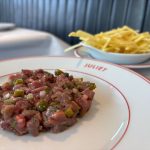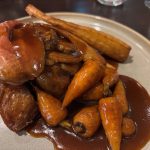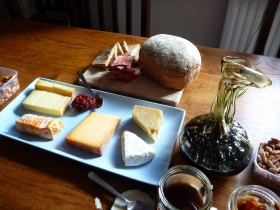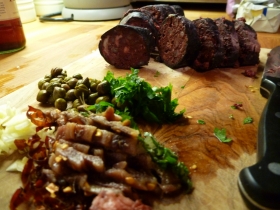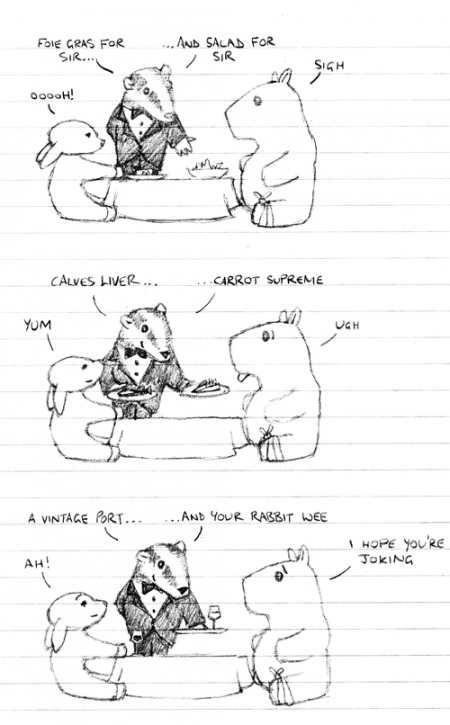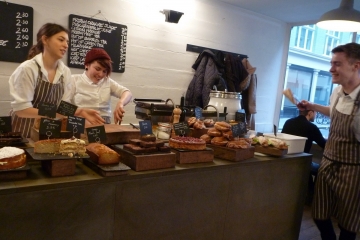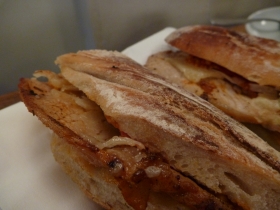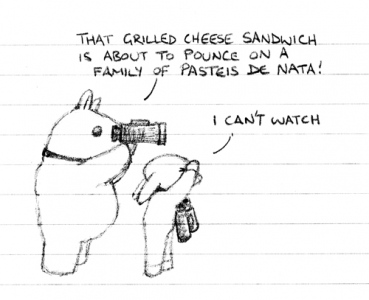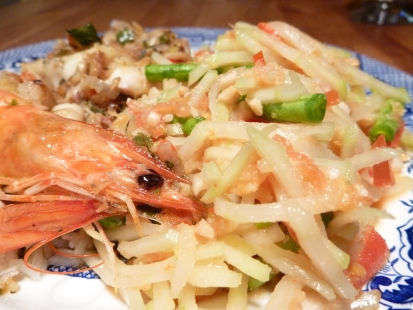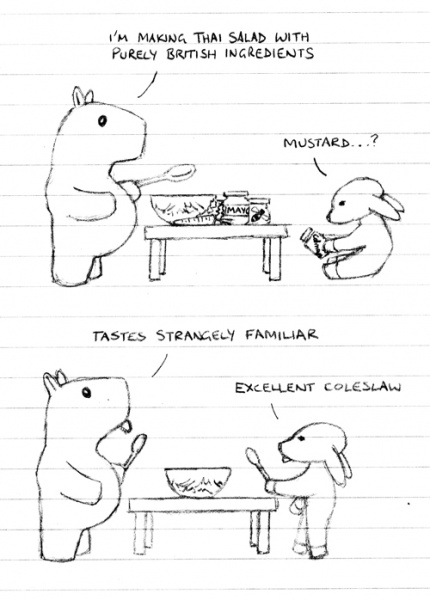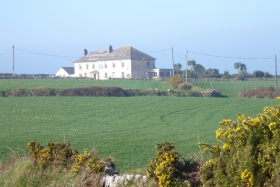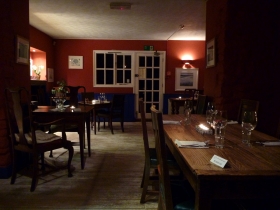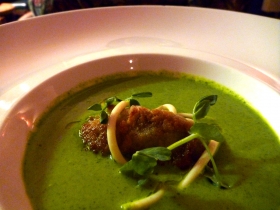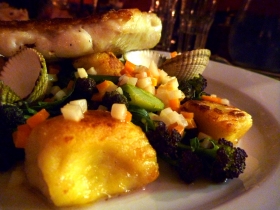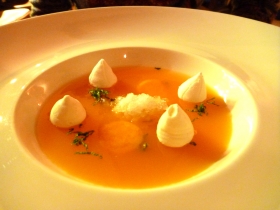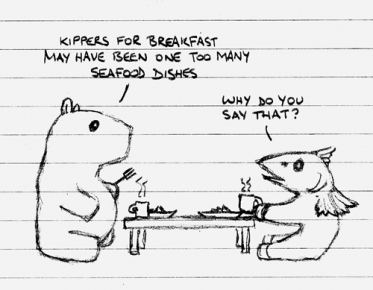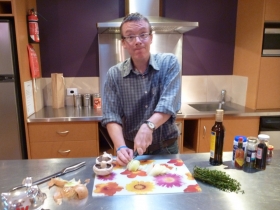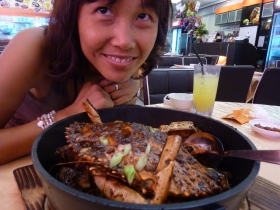I explained to my new doctor that I have gout, have had it since I was 32, and am taking medication for it. He expressed surprise at my age (late thirties), asked if I ate a lot of fatty foods (no, and at 10 stone I’m hardly hefty), and then suggested I should certainly be
avoiding cheese, port and red meat. All of which is wrong, wrong, wrong. Looks like even in the medical profession gout is a poorly understood condition.But still, can’t complain. What could be better confirmation of one’s status as a top-notch gourmet than to get gout in your early thirties? Instant foodie kudos! Clearly I must dine out every night on pheasant and lamprey washed down with bumpers of old port, to be so afflicted.
The truth, as always, is a bit more complicated. For starters, it’s largely a genetic ailment so having got the relevant gene from my grandad (a martyr to ‘is gout) I was always likely to develop it. And while a rich diet is definitely going to exacerbate the condition, the usual suspects my doctor trotted out are not necessarily guilty. Port is no different from any alcohol, and alcohol is only a problem if you let it dehydrate you. Cheese and fat don’t contribute noticeably to gout, and there’s some evidence that dairy products are slightly beneficial. It’s a case of guilt by association: the fat old bloaters who suffer from gout in Victorian
novels are always devouring the whole cheeseboard and hogging the port bottle. But it’s more likely to be the rich venison gravy or the half-dozen langoustines that did for ’em.So, what is a gout attack?
It’s a form of arthritis, and often described as the most painful form. The most common joint attacked is the big toe. Pathetic, eh? What kind of man can’t live with a bit of pain in his toe? Imagine a little gnome with a sledgehammer trotting along beside you and smashing your big toe whenever you set your foot down. That’s the first three days. There was too much pain to sleep until I got my foot out from under the sheet. Yep, the touch of a cotton sheet felt like the gnome was using my toe as an anvil for beating out a ploughshare. This is after dosing myself with potent prescription painkillers. After those first few days it’s simply a case of gradual recovery over about a month, by which time I could walk without much of a noticeable limp.
Gout is triggered by an unhealthy build-up of purines in the body, which end up crystallising in distant joints such as the big toe. Purines are typically generated from processing certain kinds of protein-rich food; hence shellfish, offal, meat on the bone and rich stocks are just about the worst possible foods for a gout sufferer (this table gives more detail,
and the whole website is a mine of valuable information on the disease). The other major factor is hydration: purines are flushed from the body via liver functions, so if you get dehydrated then they’re much more likely to start crystallising.So the perfect hypothetical recipe for a gout attack might be… going to a wedding on a Saturday, drinking far too much wine and no water in the evening, having nothing more than a coffee with a meaty cooked breakfast on Sunday and then going out for a four-course lunch involving scallops and pheasant. Silly me. By Sunday evening a tell-tale tingling throb had begun in my toe. This was going to be my third bout of gout and worst yet. It was at this point that I started reading about the subject in depth.
It became apparent that there are two choices for defeating gout; change your diet or take drugs for the rest of your life.
You change your diet to minimise purine intake. This means: say goodbye to all seafood, avoid any gravies or meat on the bone, don’t even glance at offal and make sure that you drink lots of water with alcohol in moderate amounts. Chicken is your friend, so are veggies and starches. This sounded terrible. What kind of a gourmand would I be if I couldn’t eat oysters, lobster, kidneys, liver, monkfish or enjoy a nice rich beef jus? GIVE ME DRUGS!
The drug you have to take for the rest of your life is called allopurinol, and it is blessedly free of (known) side effects. It does have one kicker: when you first start taking it, the purines that are released when it gets to work may trigger one final gout attack. “One for the road” sort of thing. Lovely.
So, three years later and I’ve had no more trouble with gout. I pick whatever I like off the menu and still drink the odd snifter of port. The modern gourmet doesn’t have to be a martyr to his diet. But I’m lucky; my gout is minor compared to what some sufferers go through.


